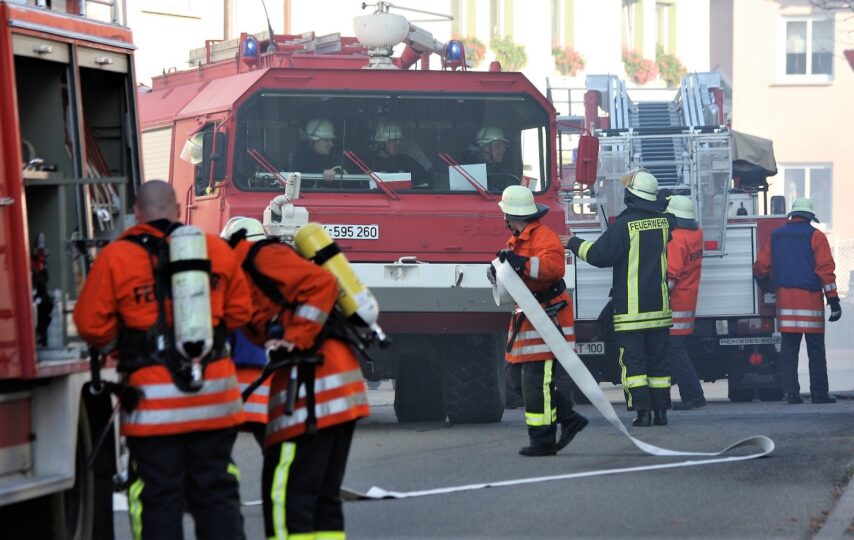Fires can be devastating and life-threatening events, which is why fire safety is so critical in any place where people gather. The widespread use of electricity and fire in our daily lives makes it imperative that we have a thorough understanding of fire protection. Unfortunately, despite the significance of fire safety, there are still several misconceptions that can put people in danger. This is why fire protection services are essential. To dispel these myths, let’s take a closer look at four common fire safety misconceptions and the truth behind them.
Myth 1: Sprinklers Do All the Work
Sprinklers are an incredibly valuable tool in controlling fires and saving lives. These automated systems are designed to turn on and spray water in the event of a sudden rise in temperature or smoke. While sprinklers are effective, they are not a guarantee of complete fire protection. It’s a common myth that once you install a sprinkler system, you’re good to go, but this isn’t always the case. Sprinklers are machines, and they need to be regularly checked to ensure they are working correctly. This helps to ensure that they will perform when they’re needed most.
Myth 2: Fire Alarms Are Enough
Many buildings and workplaces have fire alarms installed, and people assume that these alarms are enough to protect them in the event of a fire. The myth is that the fire alarms will instantly sound as soon as smoke is detected. However, this isn’t always the case. Fire alarms may not detect the early stages of a fire, and if the fire is some distance from the alarms, there may not be enough time for people to evacuate safely. Fire alarms are meant to inform people of a fire, but they shouldn’t be relied upon as the sole means of protection.
Myth 3: Stairs are Always the Safest Way Out
Another fire safety myth is that the stairs are always the best way to evacuate during a fire. While it’s true that stairs are often a key part of fire evacuation plans, they may not always be the safest option. The stairs may be blocked by fire or debris, making them inaccessible. In these cases, it’s essential to know how to use emergency exits. Proper fire protection training can help you understand how to act in these situations, ensuring your safety.
Myth 4: There’s Only One Type of Fire Extinguisher
Many people believe that there’s only one type of fire extinguisher, but this isn’t the case. There are four different types of fire extinguishers, each designed for specific types of fires. Type A is for fires from combustible materials, type B for fires from oil or grease, type C for electrical fires, and type D for flammable materials. Using the wrong type of fire extinguisher can be dangerous, so it’s essential to know which one to use and how to use it.
Myth 5: Fire evacuation plans are only for buildings and structures
Many people assume that fire evacuation plans are only necessary for buildings and structures, not for households. However, this is a myth. Fire evacuation plans are just as crucial for large machinery and equipment, especially those operating for long hours in high-heat conditions, which can lead to overheating. Fire evacuation plans ensure that everyone, whether they’re in a commercial building, mine site or a household knows the quickest and safest way to evacuate in case of a fire.
In conclusion, fire safety is critical to saving lives and preventing disasters. By dispelling these myths, we can educate people on the importance of fire protection and help them to understand the best way to protect themselves in the event of a fire. Regular fire safety training is one of the essential fire protection services that can benefit everyone, as it provides relevant, up to date knowledge that can help not only you but your employees as well. So, make sure to educate yourself on fire protection and always be prepared.













